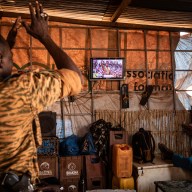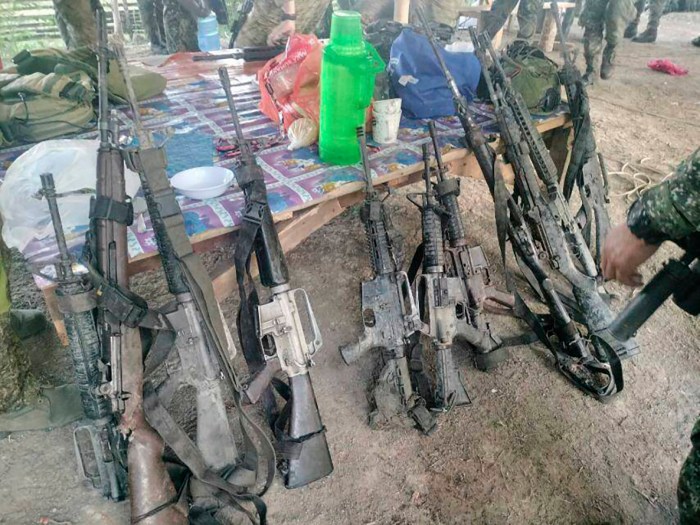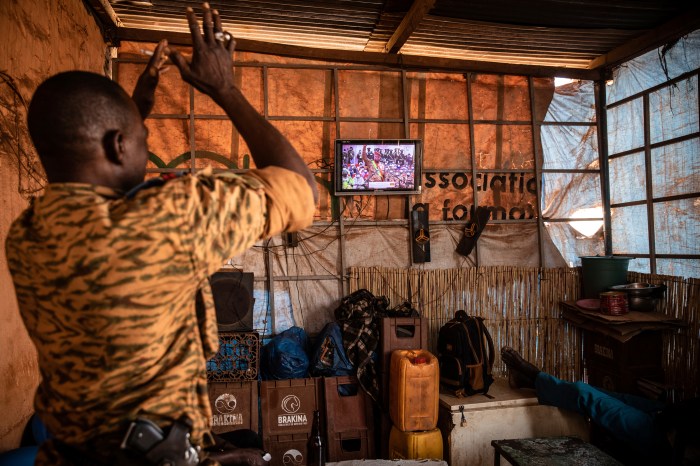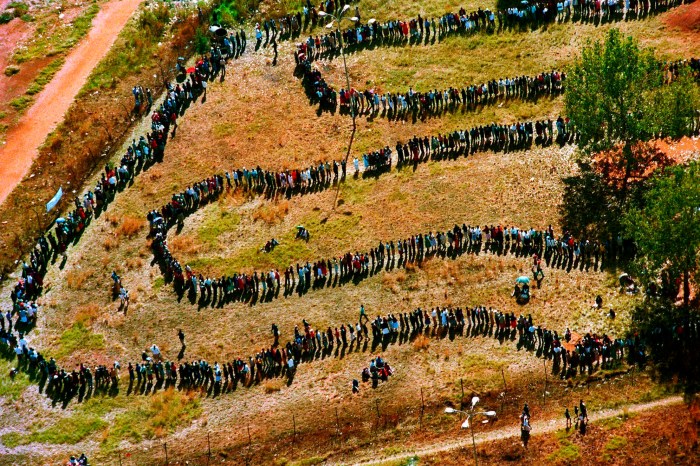When a medical mystery comes to a dead end, they call in Marnie Wood. The forensic pathologist for the Nova Scotia Medical Examiner Service studies the bodies of people who have died of diseases or unnatural injuries like gunshot wounds and car crashes.
“I love it,” she says. “What interests me is finding out the answers to questions and making the pieces of the puzzle fall together.”
In the course of the 250 autopsies she does annually, she works with a crack team of police officers, forensic anthropologists, forensic dentists and toxicologists to figure out how the dead person got that way.
“I get to do autopsies some days, to look at things under the microscope and do readings around cases. One day I might go out to a scene and the next day testify in court.”
When a body makes its way to Wood, her three tasks are to identify the person, determine the cause of death and then determine the manner of death (murder, suicide or natural causes.) She testifies in murder cases, but she’s never been concerned for her safety.
“Most of the cases that go to court, it wasn’t much of a mystery. The people were shot or stabbed,” she says. Her evidence is important, but it’s not going to make the case.
Wood first learned about forensic pathology like most of us: through TV shows such as Quincy. She warns, however, reality isn’t a TV show.
“We’re not quite as pretty,” she laughs. “We don’t have fashion co-ordinators.”
They also don’t have the firm answers of the cast of CSI; it’s usually more grey than black and white. Wood did, however, rub shoulders with crime writer Patricia Cornwell when Wood was training in Richmond, Virginia.
Some cases hit hard, but most of the time the mystery takes centre stage. “You focus on finding the answers,” Wood says. “I find it really interesting and satisfying.”
Her first autopsy was in a hospital during her medical degree. She was hooked straight away. “You spend so much of the rest of medicine learning to keep people alive, yet here you are with this person who is already gone.”
It became her passion. After a quick 14 years of education including a BSC, medical degree and five years of anatomical pathology, she was ready to start.


















